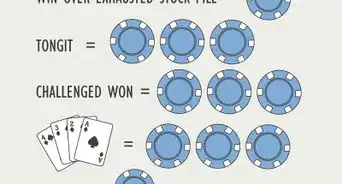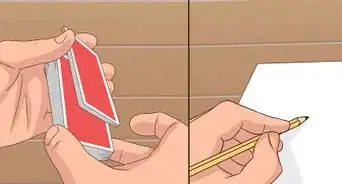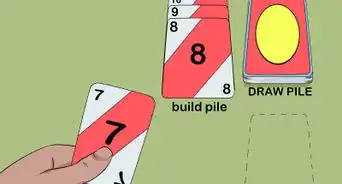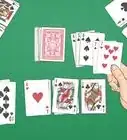This article was co-authored by wikiHow staff writer, Hunter Rising. Hunter Rising is a wikiHow Staff Writer based in Los Angeles. He has more than three years of experience writing for and working with wikiHow. Hunter holds a BFA in Entertainment Design from the University of Wisconsin - Stout and a Minor in English Writing.
There are 7 references cited in this article, which can be found at the bottom of the page.
This article has been viewed 5,403 times.
Learn more...
If you’re looking for a simple 2-player card game similar to solitaire, Spite and Malice is the perfect choice for you. Also known as “Cat and Mouse,” the game is really easy to learn and great for kids, but there’s enough strategy to make it really fun for adults too. If you’re excited to try it out, keep reading for rules and strategy tips for Spite and Malice!
Things You Should Know
- Play Spite and Malice with 2 players using 2 standard decks of cards.
- Each player has a goal pile with 20 cards, a hand of 5 cards, and 4 discard piles called “side stacks.”
- Play cards in ascending order onto “center stacks.” Win the game when you play the last card from your goal pile.
Steps
Setup
-
1Shuffle together 2 decks of cards. Use standard 52-card decks without the jokers. Choose a dealer at random to shuffle the cards until they’re thoroughly mixed together.[2]
-
2Deal 20 cards to each player to create the goal piles. Deal the cards into face-down piles and put the leftover cards in a stack in the middle of the table, known as the “stock.” Players can’t look through or change the order of the cards in their goal pile.[3]
- If you want a shorter game, only deal out 13 cards into each goal pile.
-
3Flip the top card of your goal pile face-up. Take the first card from your goal pile and turn it face-up so both players can see it. Keep the card on top of the goal pile. The player who has the highest ranking card starts the game.[4]
-
4Leave room for the center stacks and side stacks. The “center stacks” are 3 main piles that you’ll play cards to in the middle of the table. Each player also has 4 “side stacks,” which are personal discard piles that you’ll add to at the end of each turn. The center stacks and side stacks are all empty at the start of the game.[5]
Gameplay
-
1Draw from the stock until you have 5 cards. On your first turn, you’ll draw 5 cards from the stock to form your hand. If you ever have cards left over from a previous turn, only draw enough cards until you have 5 in your hand.[6]
-
2Play any number of cards onto the center stacks. If there are empty center stacks, you can play an ace to start a new one. If there are already 3 center stacks started, you must play the next card in ascending order. You can play any cards from your hand, or use the top cards of your goal pile or side stacks. You can play as many cards to the center stacks as you want during your turn.[7]
- Kings are wild cards, so you can use them as any rank.
- When you play the top card of the goal pile, immediately flip the next card of the goal pile face-up so you can see it.
- If you ever play all the cards from your hand, draw 5 more cards from the stock and keep taking your turn.
-
3Discard a card from your hand to the side stacks to end your turn. When you decide to end your turn or when you’re out of legal moves, choose 1 card from your hand to put into one of your side stacks. If you already started 4 side stacks, then place your discard on top of one of the piles. Then the next player takes their turn.[8]
- You can put the cards in any order when you make your side stacks.
- You can only ever play the top card of a side stack. Any card underneath the top card is unavailable.
-
4Win the game if you play the last card of your goal pile. Players keep taking turns drawing, playing, and discarding cards until a player empties their goal pile and triggers the end of the game. The other player has 1 more turn to try and finish their goal pile. If they’re unable to finish, the person who played all their cards wins![9]
- If both players finish their goal piles, then the game ends in a tie.
References
- ↑ https://coolmompicks.com/blog/2020/05/13/5-fun-card-games-for-kids/
- ↑ https://gambiter.com/cards/Spite_and_malice.html
- ↑ https://casinowithbonus.com/games/rules/spite-malice/
- ↑ https://coolmompicks.com/blog/2020/05/13/5-fun-card-games-for-kids/
- ↑ https://casinowithbonus.com/games/rules/spite-malice/
- ↑ https://coolmompicks.com/blog/2020/05/13/5-fun-card-games-for-kids/
- ↑ https://casinowithbonus.com/games/rules/spite-malice/
- ↑ https://coolmompicks.com/blog/2020/05/13/5-fun-card-games-for-kids/
- ↑ https://owlworksllc.com/featured-game/a-game-of-cat-and-mouse/

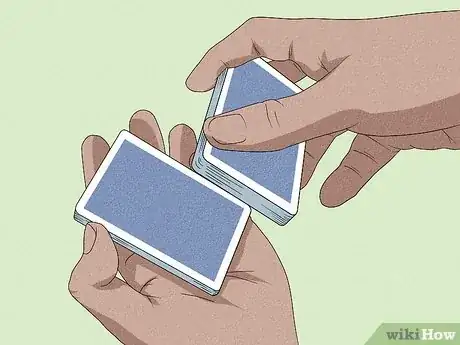





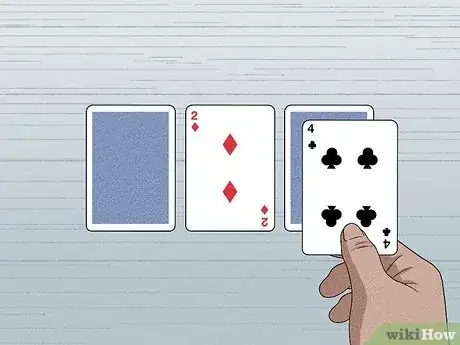

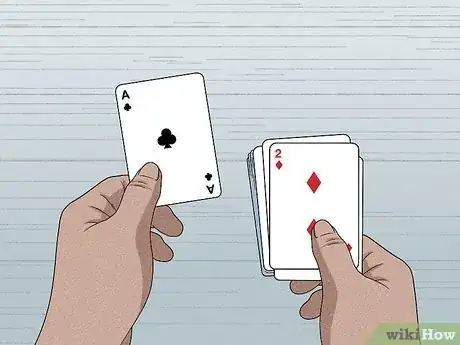


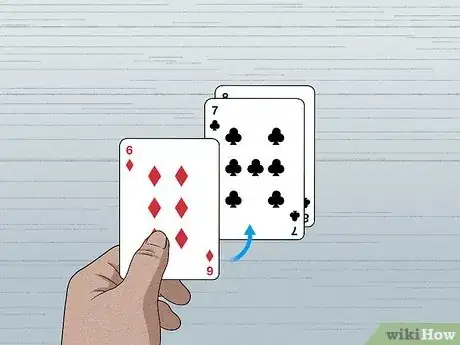


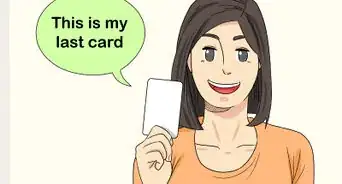

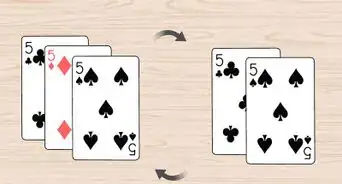
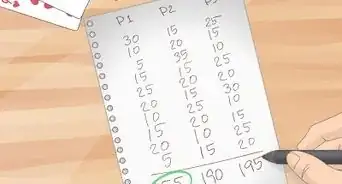


-Step-17.webp)
